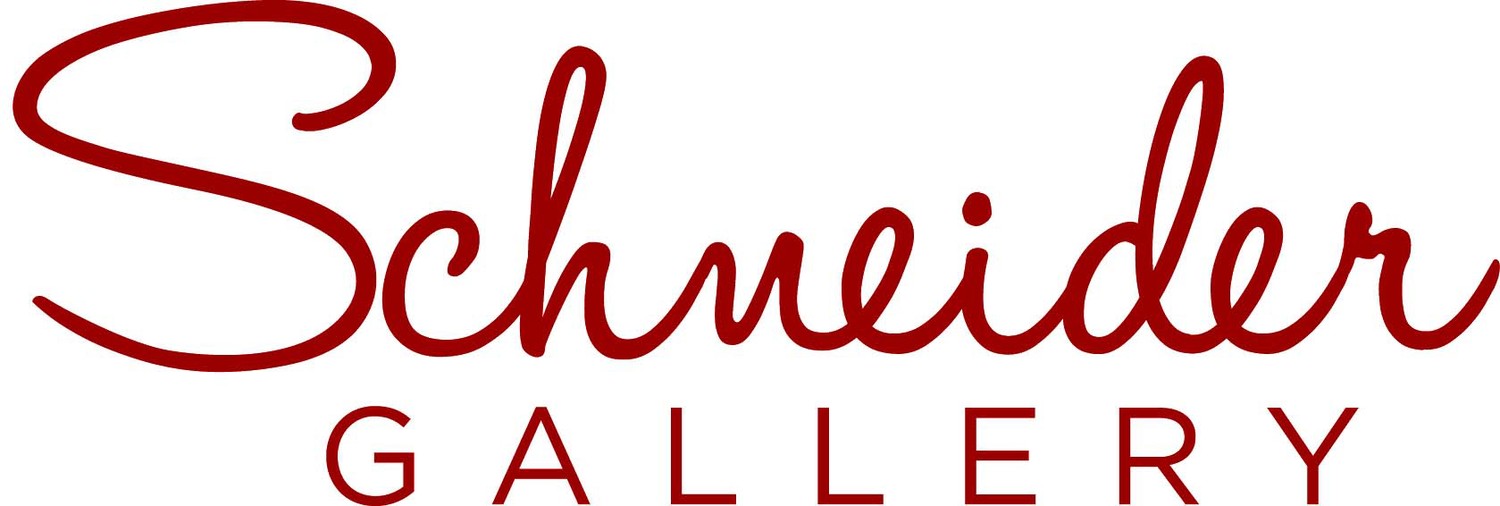We started working together two years ago for the sole purpose of making Crista. Before long, almost accidentally, we had established certain working principles. Searching, sometimes without knowing what for. Scrutinizing any potential clue. Getting lost. Asking questions knowing there are no answers. Keeping up the tension in something we consider not to be a waste of time, but that sometimes seems like one. Attempting to create another world through an unlikely crack in this one… Firm trust in each other was quickly established. So we planned a series of photographs together in which we would attempt to bring a variety of intonations to certain icons of western art that, with varying degrees of explicitness, have preserved a way of life? ‘Conatus’ in Spinoza’s sense of the term is the tendency to persevere, to keep on existing. It is a fundamental, essential characteristic of all beings (living or inanimate). This was how we put together these works that are both Conatus and a mode of inquiry into the present and certain assumptions implicit in photography, such as Renaissance perspective, the history of the pose, and what might be termed ‘the pictorial unconscious’.
Photography negates becoming and is therefore pure present. Time in the image isn’t linear and resists any unidirectional logic of cause and effect. This may have been one of our main motivations in carrying out this work. Renaissance perspective has been naturalized in such a way that the general assumption is that human beings are born seeing that way. It is as if the coordination of the alignment and the focus of our eyes weren't cultural phenomena, to cite just one example of the multiple extensions of the programme of contemporary vision. Photography, and especially the act of optical construction implicit in it, is often believed to reveal the only visible reality of the world around us. In certain works in this essay we question this assumption in a very simply way and try to bring out the not entirely objective nature of every image. The 'history of the pose’ in the construction of meaning and the pictorial unconscious underlying every photograph are intimately bound to each other. When an Old Testament account is represented across the centuries through a series of universally valued and widely distributed paintings of the same subject, we incorporate the images into our way of seeing. With little more than a century and a half of history behind it, this pictorial unconscious, and particularly the 'history of the pose’ in the construction of meaning, is nevertheless implicit in photography. Many of the works in this series bring out this strategy. Our view of things is revealed through an act of interpretation, a remake, a mise en scène, in which the variety of intonations in an image makes all the difference. Conatus, a work in progress, was made in the interval between The Useless Truth as a project and its appearance in book form. Conceptually, it has developed from that idea and, for that reason, we have decided to incorporate it in this edition as an opening chapter.









